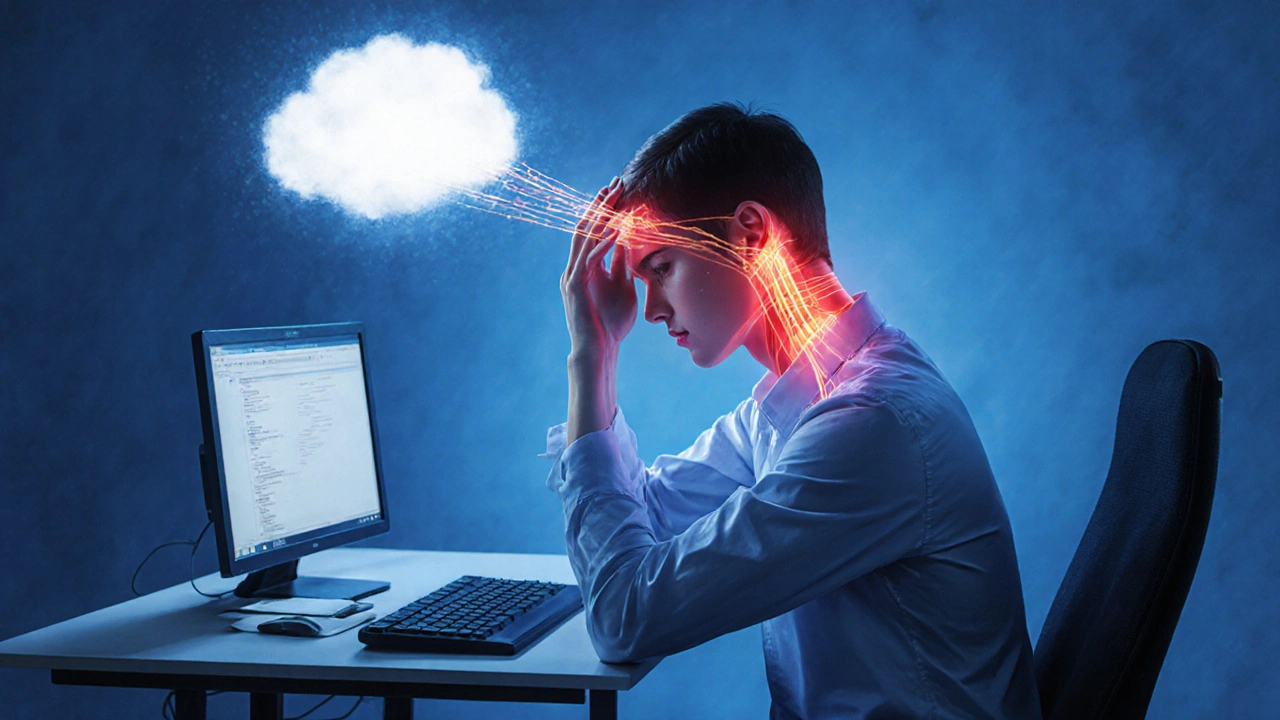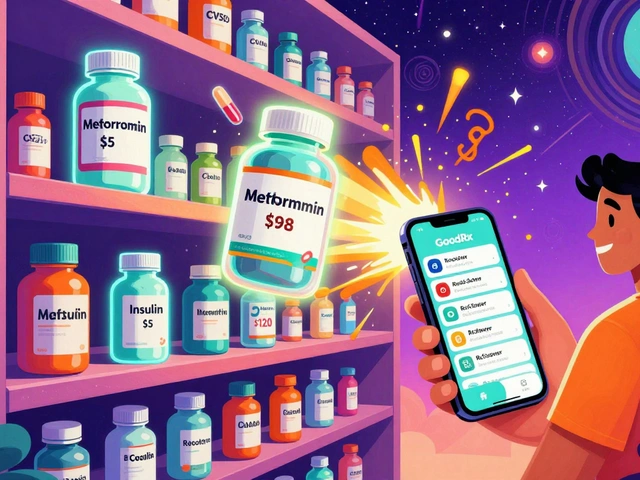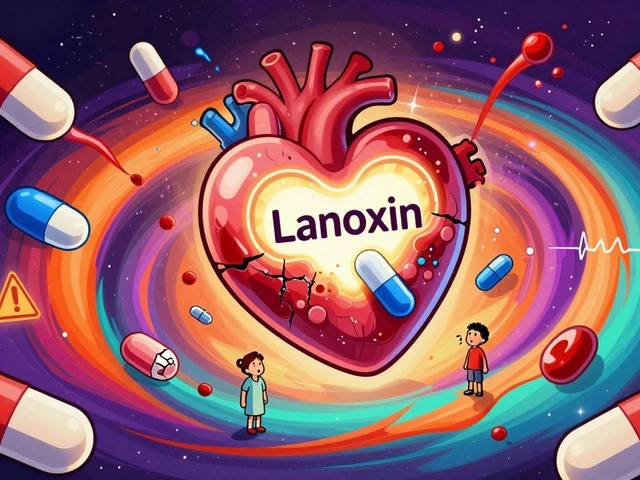Neurological Spasms: Causes, Treatments & Management
When dealing with neurological spasms, involuntary muscle contractions that arise from abnormal nerve signals. Also known as muscle cramps, they can affect anyone from athletes to patients with chronic illness. These sudden twitches feel like a shock to the muscle and often leave you wondering what triggered them. The good news is that doctors have a toolbox of options, and many people learn to keep the episodes under control with a mix of medication, lifestyle tweaks, and therapy.
One of the most common culprits behind spasms is an electrolyte imbalance—low potassium or magnesium can make nerves fire erratically. Stress and fatigue act like a second wind, pushing the nervous system into overdrive. In conditions such as epilepsy, dystonia, or multiple sclerosis, the brain’s signaling pathways are already on shaky ground, so a minor trigger can spark a full‑blown spasm. Understanding these triggers helps you spot patterns and avoid the worst episodes.
Key Factors Behind Neurological Spasms
Gabapentin, an antiepileptic drug often prescribed to calm nerve overactivity is a go‑to medicine for many with chronic spasms. It works by reducing the excitability of nerve cells, which lowers the chance of sudden contractions. Another popular choice is baclofen, a muscle‑relaxant that targets the spinal cord to dampen spasm signals. Both drugs have different side‑effect profiles, so your doctor will pick the one that fits your health picture best.
Medication isn’t the whole story. Physiotherapy, targeted exercises that improve muscle control and reduce spasm frequency can teach your muscles to respond more smoothly. Stretching routines, core strengthening, and biofeedback sessions help retrain the nervous system. Many patients report fewer episodes after just a few weeks of regular sessions, especially when combined with proper hydration and balanced electrolytes.
Diagnosing the exact cause often involves an electromyography (EMG) test. This procedure records the electrical activity of muscles and can pinpoint whether the spasm originates from peripheral nerves or central pathways. The results guide clinicians in choosing the right medication dose or deciding if a nerve block might be necessary. Even simple tools like a handheld muscle activity monitor can give you real‑time feedback during daily activities.
Lifestyle tweaks play a surprisingly big role. Adequate sleep, a diet rich in potassium (bananas, potatoes) and magnesium (nuts, leafy greens), and regular low‑impact cardio keep the nervous system from getting overstimulated. Cutting back on caffeine and alcohol reduces the chance of dehydration‑induced cramps. If you notice spasms after a long day at the desk, a short walk and a quick stretch can reset your muscles before the night falls.
For those with chronic conditions, a multidisciplinary approach works best. Your neurologist might prescribe gabapentin, while a physiotherapist designs a personalized exercise plan. A nutritionist can ensure you’re not missing key minerals, and a mental‑health professional can teach relaxation techniques to lower stress‑related triggers. When each piece of the puzzle fits, the frequency and intensity of neurological spasms often drop dramatically.
Below you’ll find a curated collection of articles that dive deeper into specific medications, natural remedies, and practical tips for managing neurological spasms. Whether you’re looking for a detailed drug comparison, a step‑by‑step guide to safe online purchases, or lifestyle strategies to keep your muscles calm, the resources here cover the full spectrum of what you need to know.
How Spasms Trigger Migraines: What You Need to Know
Explore how muscle spasms can trigger migraines, the science behind the link, and practical steps to break the cycle for lasting relief.





